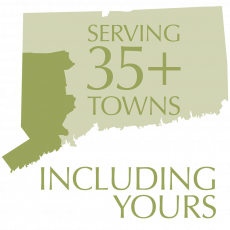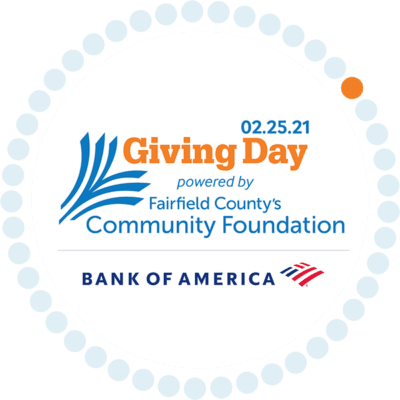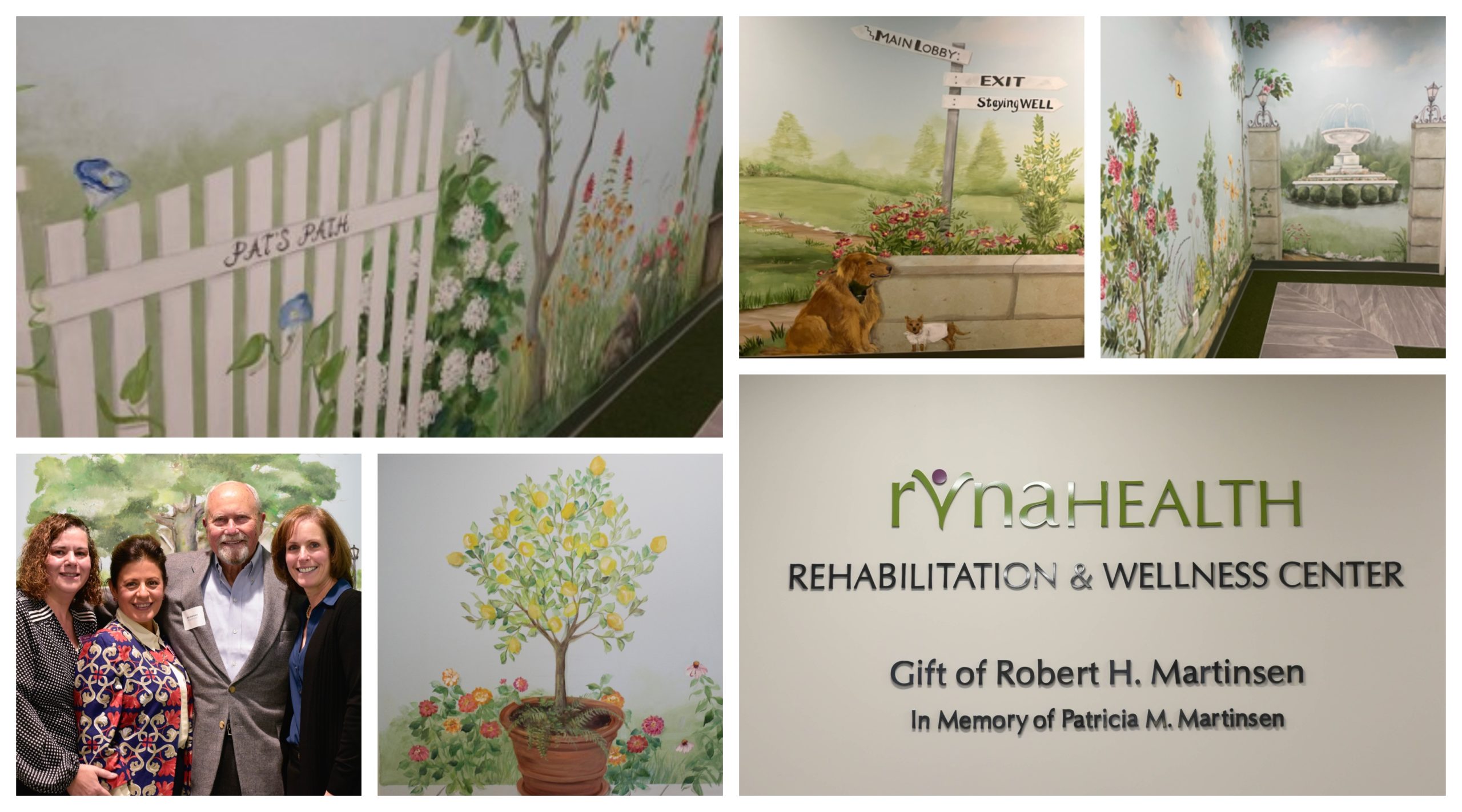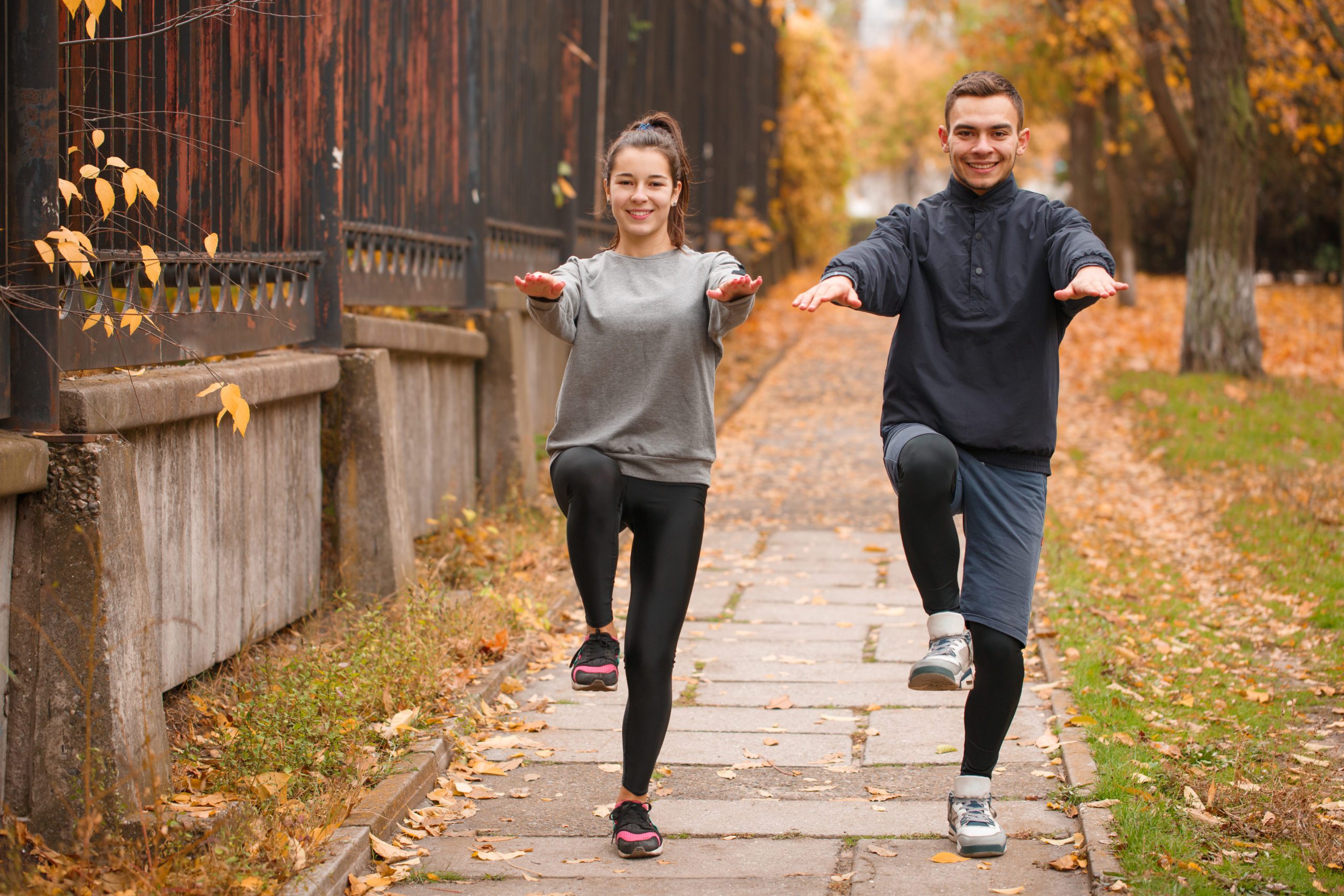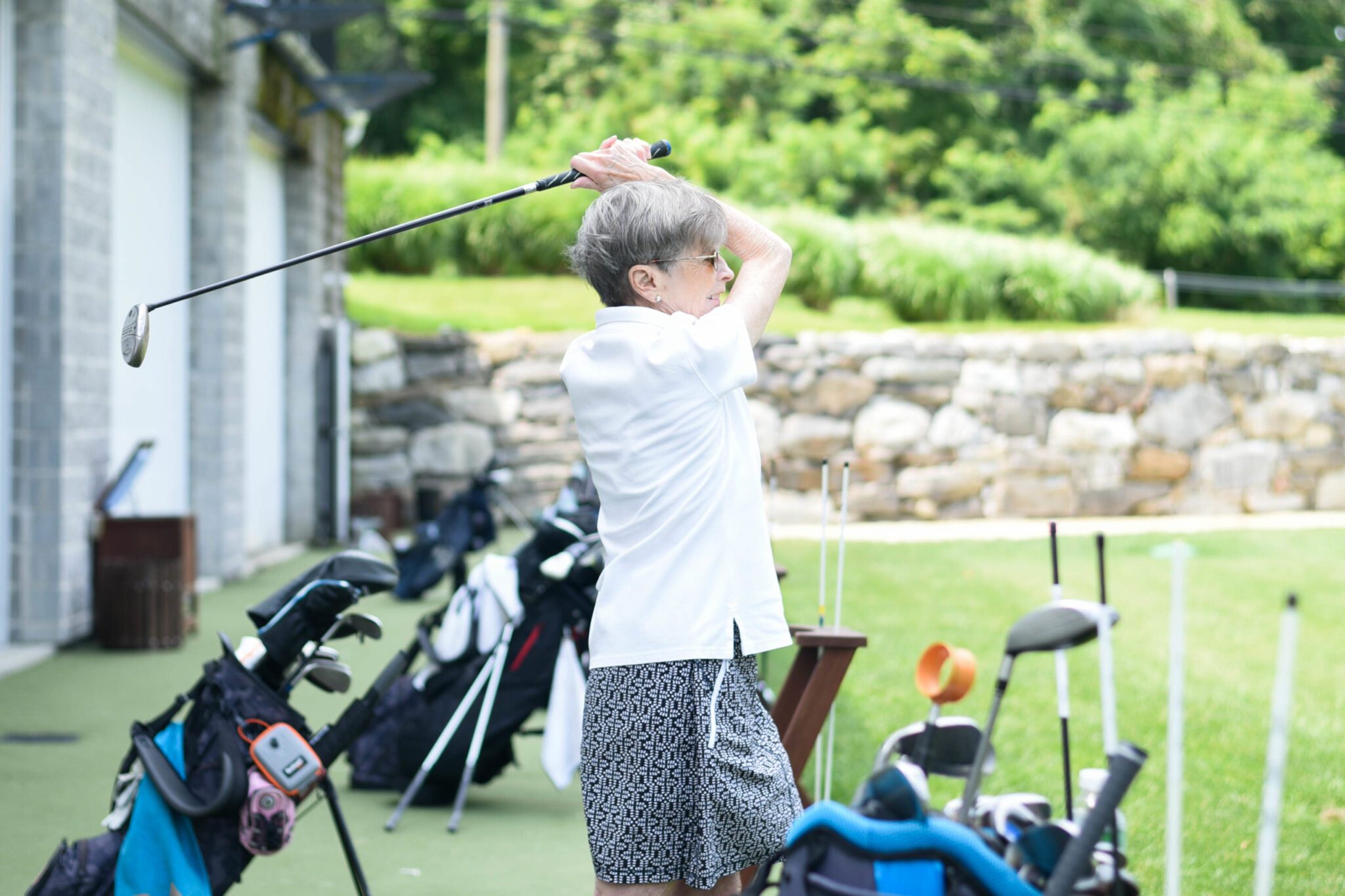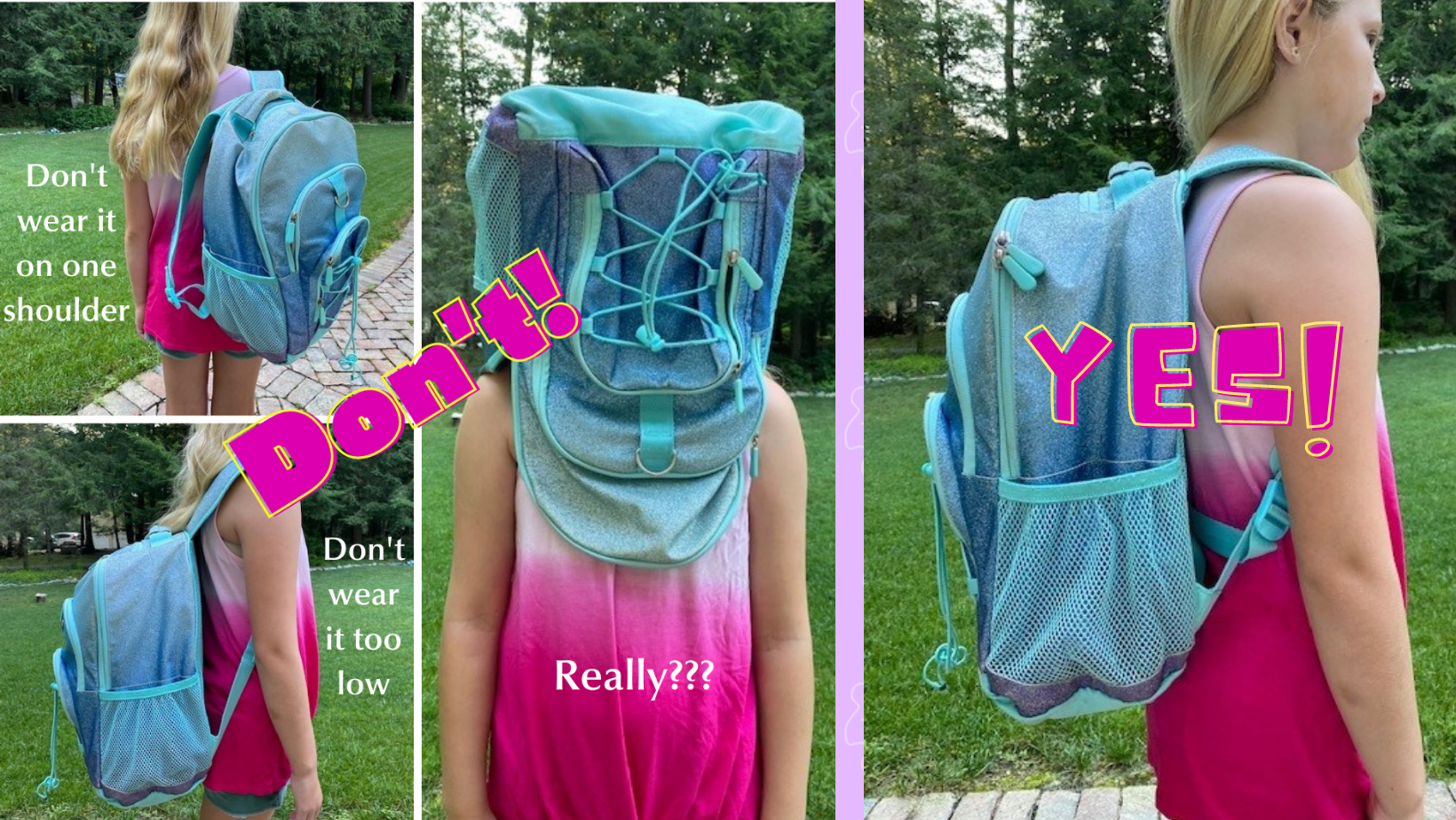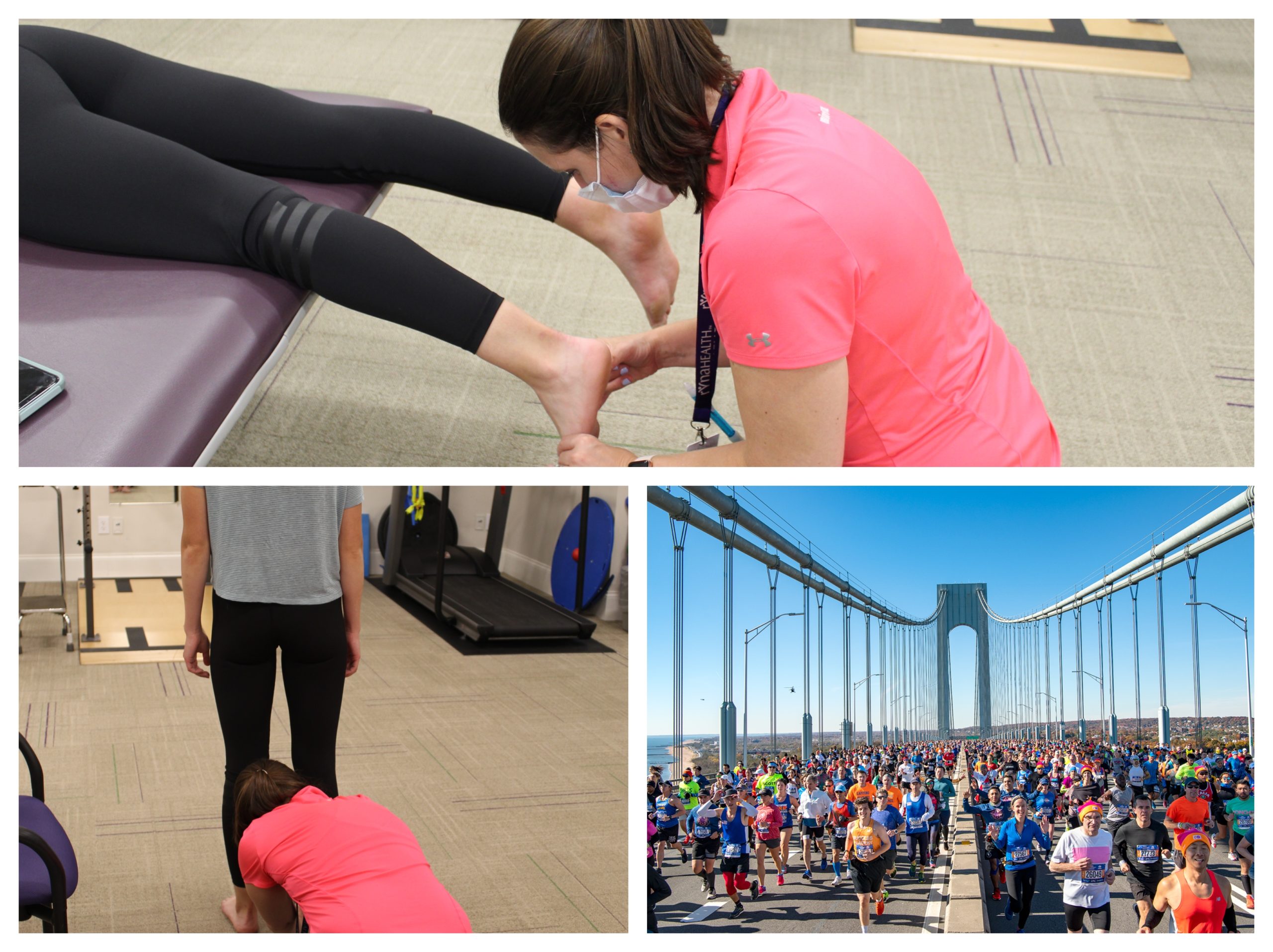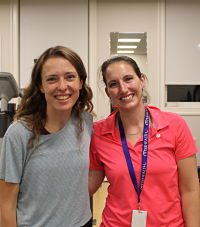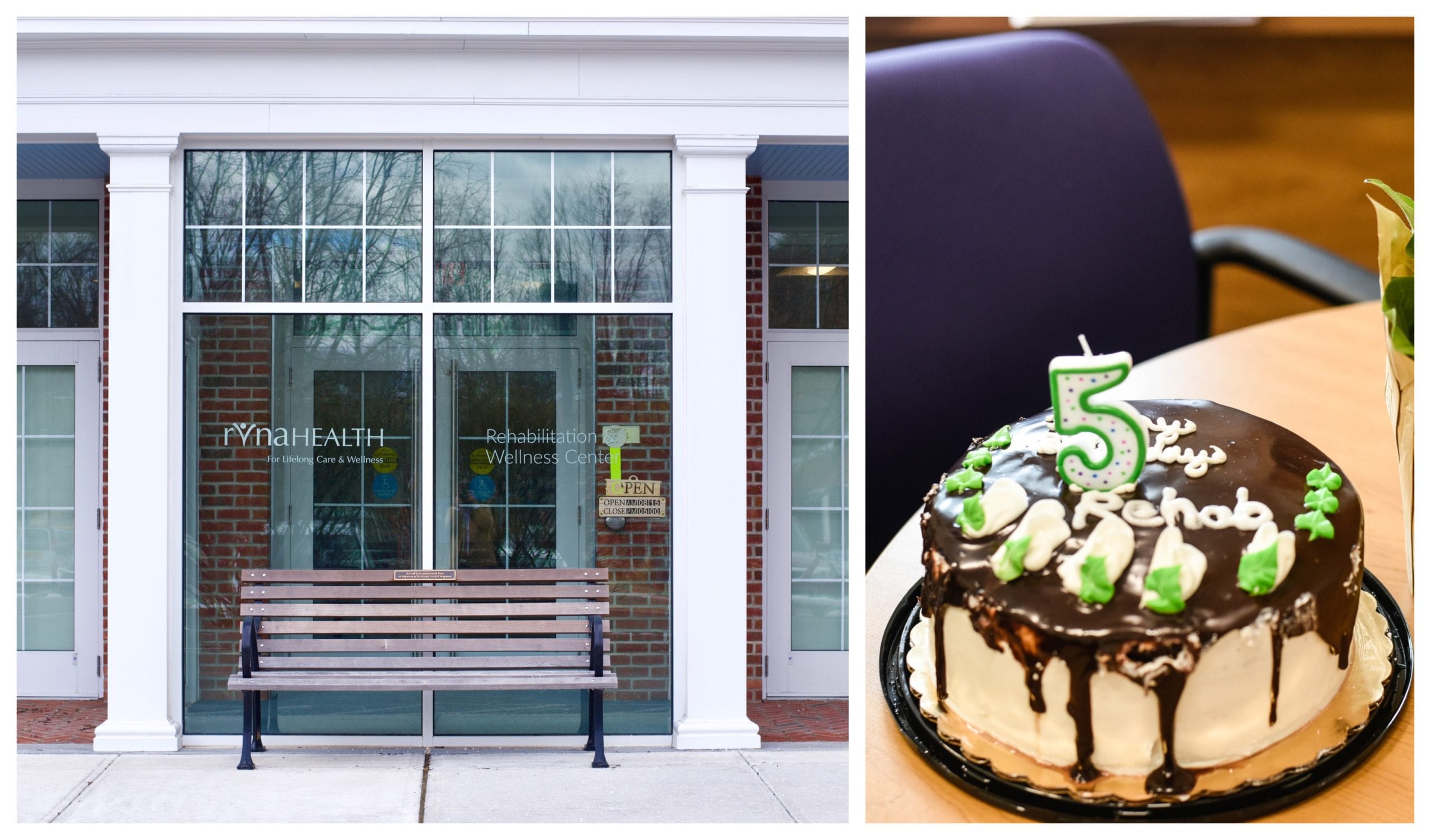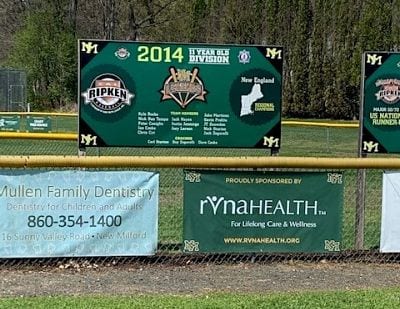Like many not-for-profits, RVNAhealth counts on a corps of volunteers to complement our staff with their professional expertise, fresh perspectives, and their good old-fashioned manpower. The RVNAhealth volunteer program offers safe and diverse opportunities for donating time in a way that is purposeful and meaningful for everyday heroes of all ages.
Meet Ann Harrington
When did you start volunteering for RVNAhealth? July 2021
Why did you choose to volunteer for RVNAhealth? I was interested in helping in the community for an organization that promotes wellness and quality of life
What kinds of things do you do for RVNAhealth? I volunteer in the Rehabilitation & Wellness Center helping the therapists with equipment set-up, maintaining the gym, greeting and checking in patients, and learning the scheduling system.
What is your favorite part about your role? The friendly staff and clients, pleasant working environment and the opportunity to learn new skills.
Is RVNAhealth what you expected? Yes. It is very busy, and you need to multi-task. I gained new appreciation for what the therapists and admin staff do.
Please tell us a little about yourself! I was born in Buffalo, NY and moved to CT after college to begin working in advertising. I’ve held positions in children’s book publishing and managed health care. My husband Steve and I have 2 children in their 20s.
I volunteered in different organizations while my children were in school.
Where do you reside? Ridgefield.
What else do you enjoy doing? Swimming, theater, walking, traveling, wine-tastings, dogs.
Do you volunteer with any other organizations? Yes, I am involved in Community Bible Study and Smart Kids with Learning Disabilities.
Meet Anne Gilson
When did you start volunteering for RVNAhealth? Summer of 2021
Why did you choose to volunteer for RVNAhealth? My husband had back surgery and RVNAhealth came to our home and helped get him back on his feet.
What kinds of things do you do for RVNAhealth? Prepare intake folders.
What is your favorite part about your role? The cheerfulness of the staff.
Is RVNAhealth what you expected? No, much more. I did not realize all the services offered.
Please tell us a little about yourself! In the morning, I work at Wooster School in Danbury.
Where do you reside? Ridgefield since 1988.
What else do you enjoy doing? I have 3 grown children (all with health insurance). Love reading and traveling.
Do you volunteer with any other organizations? Daily Bread.
RVNAhealth is infinitely grateful for the support and friendship of Ann Harrington and Anne Gilson. We invite others in the community who are interested in volunteering and supporting our mission to get in touch. We have assignments big and small!

